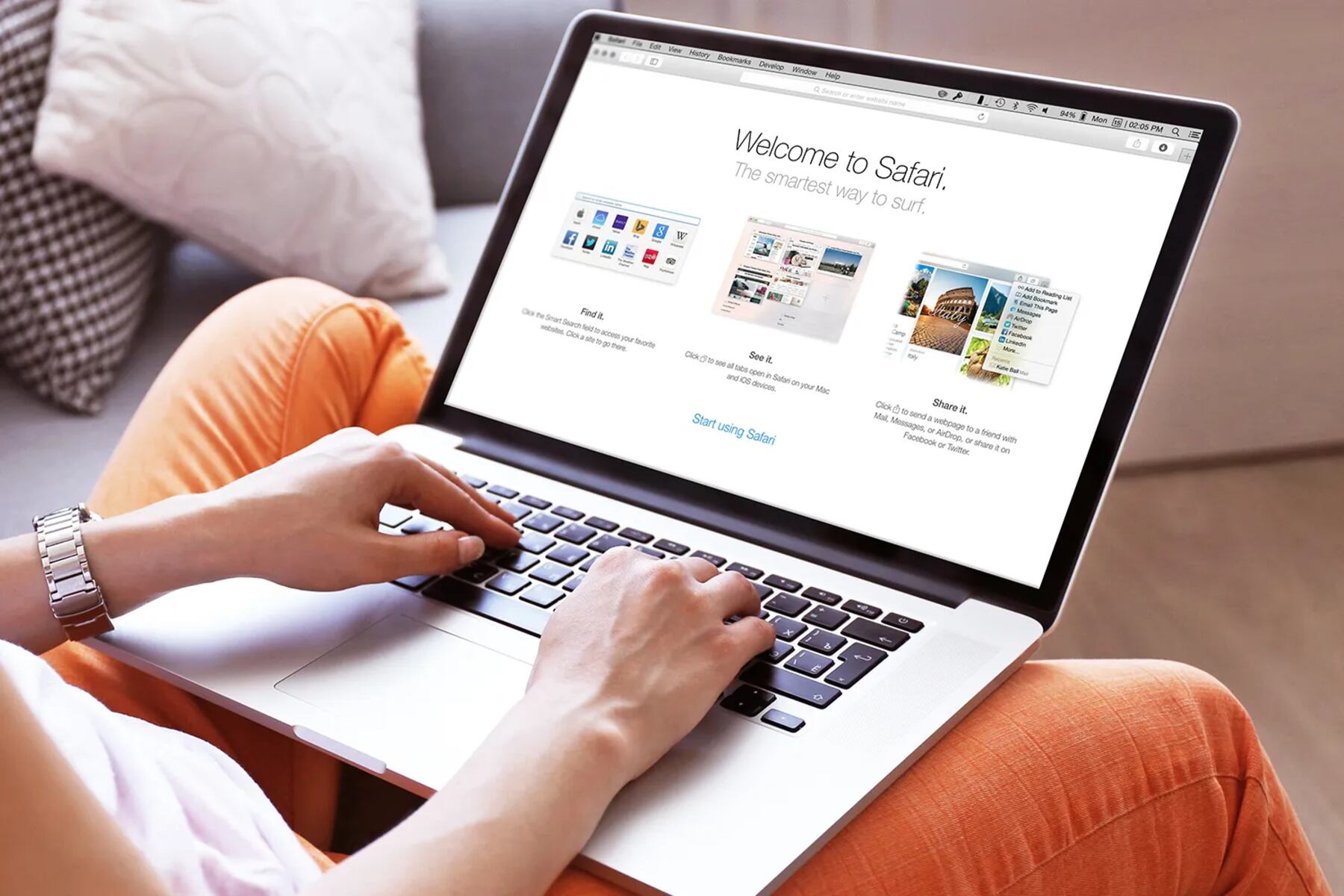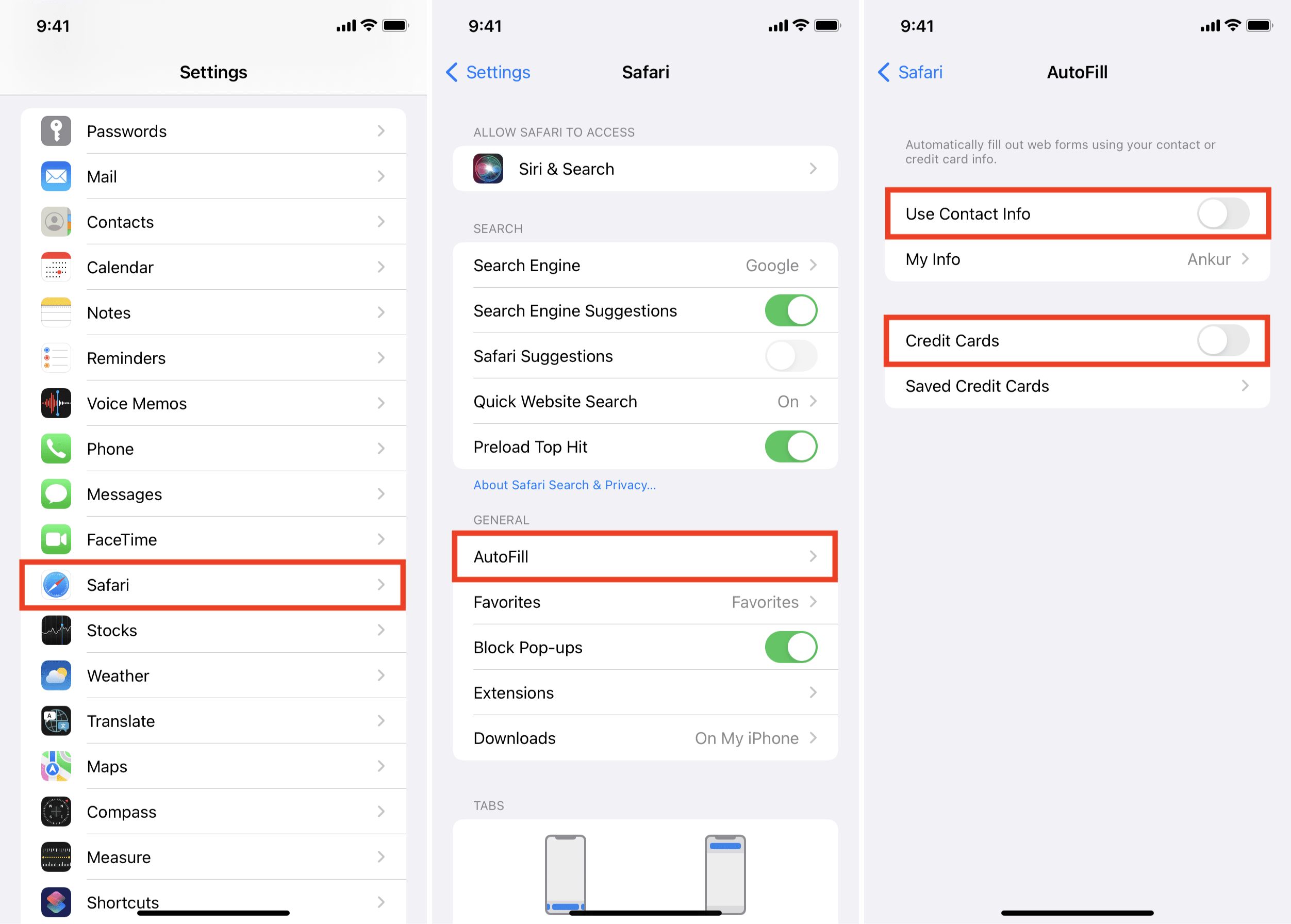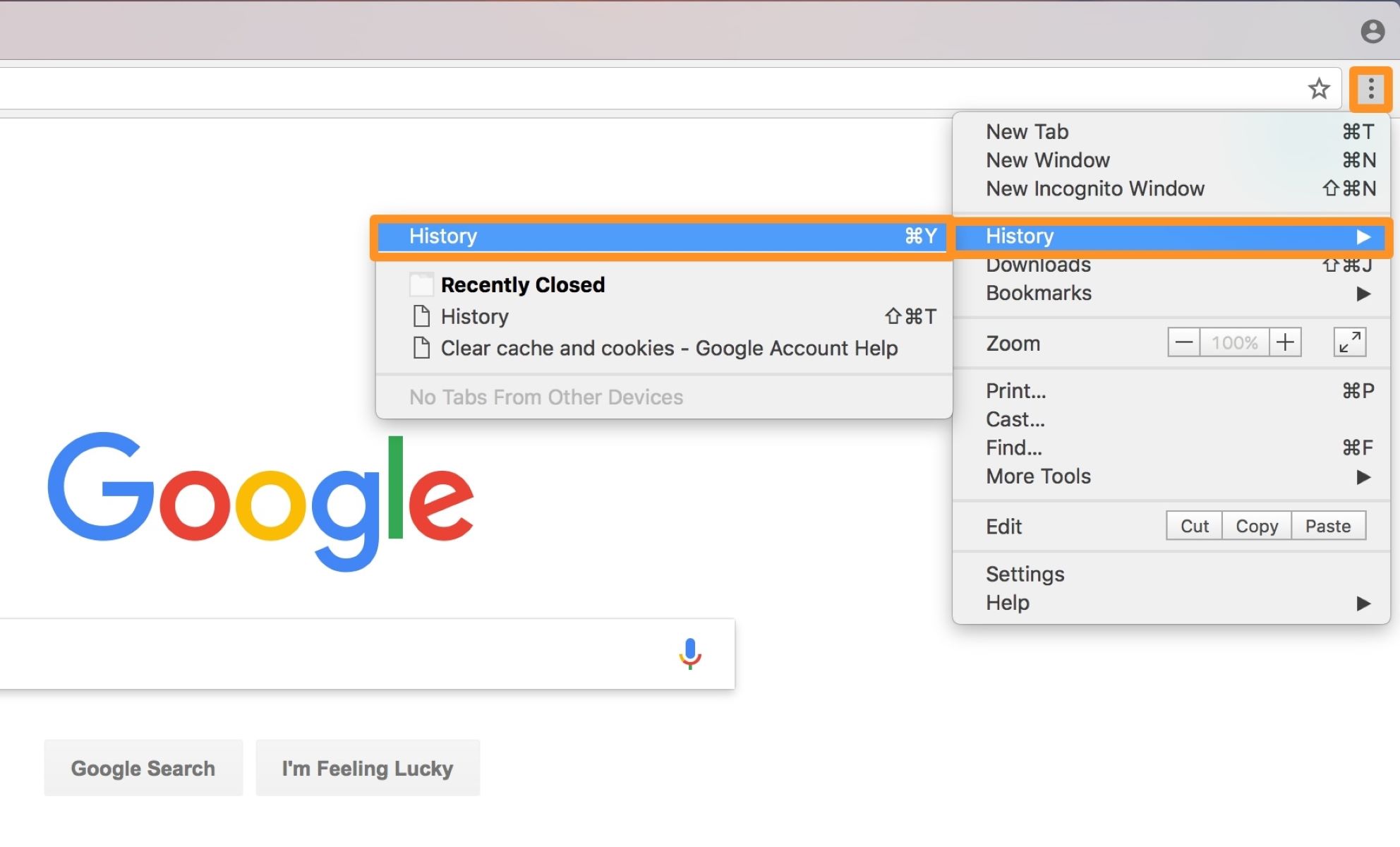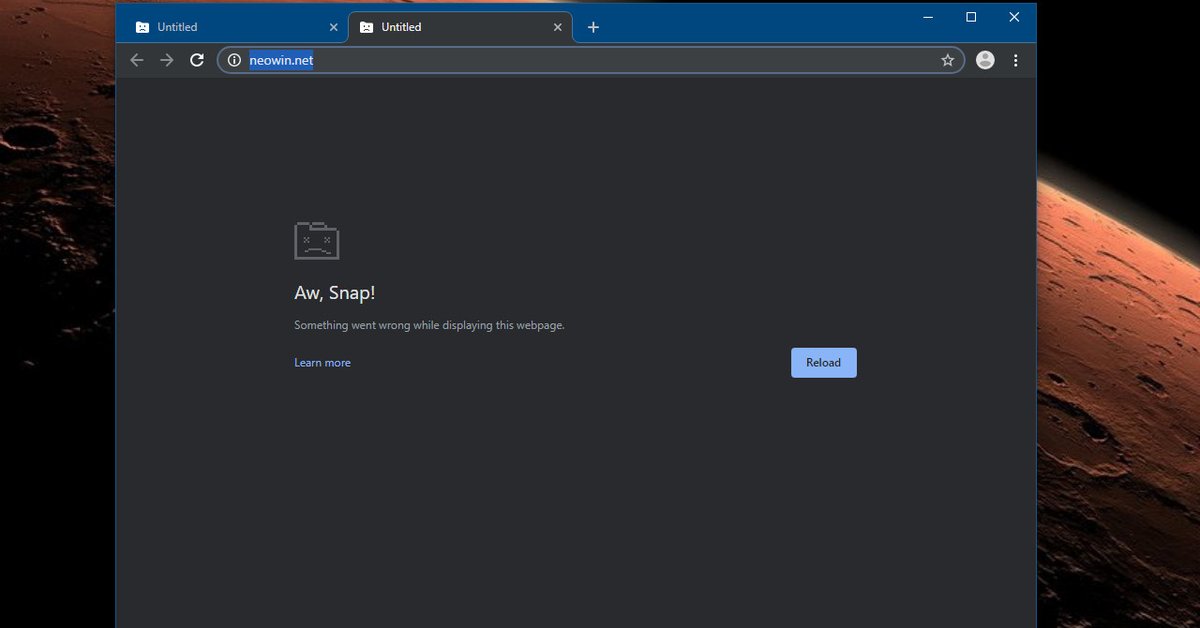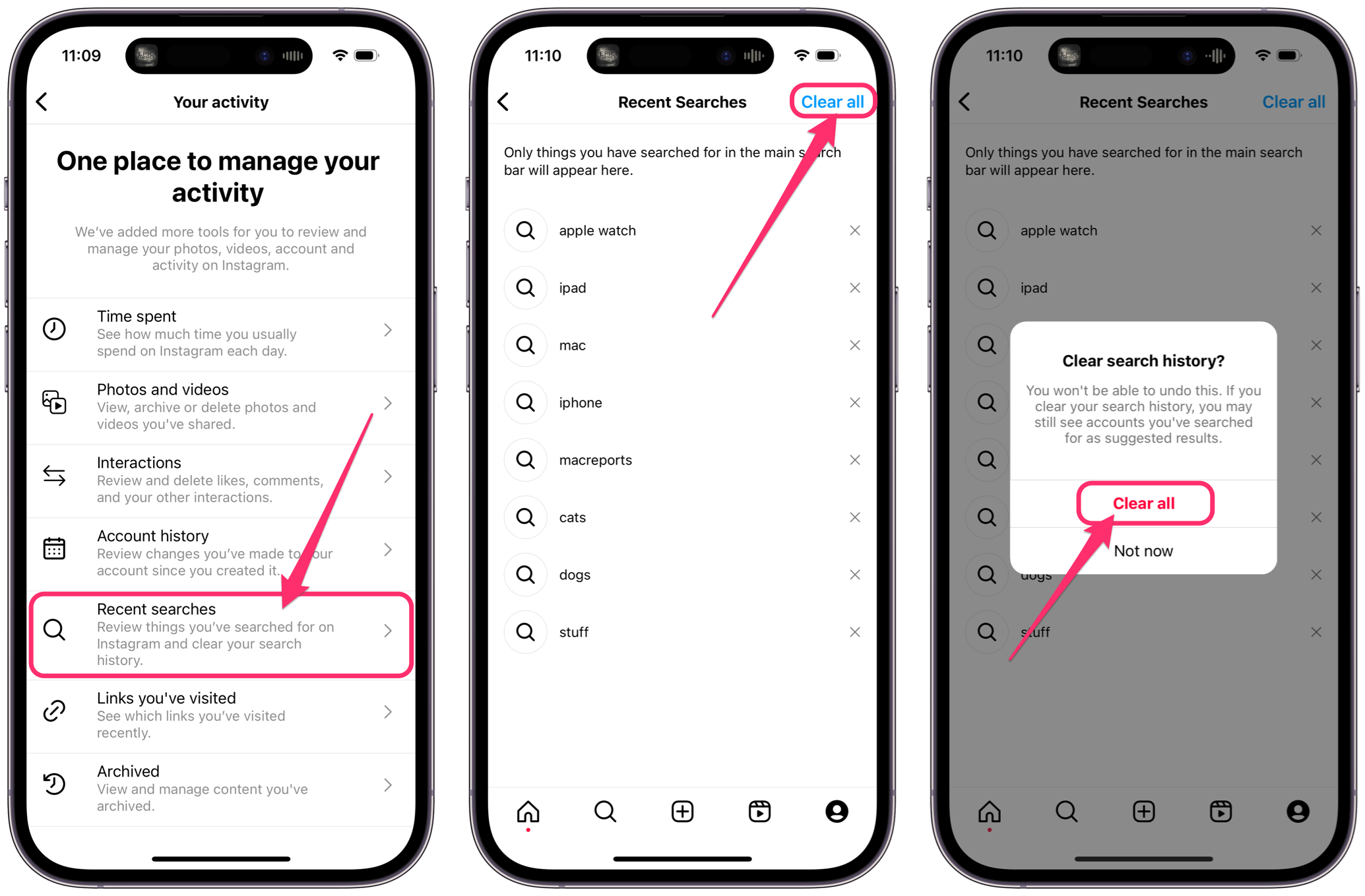Check for Updates
When you discover that you are using an outdated browser, the first step to take is to check for updates. This simple yet crucial action can significantly enhance your browsing experience and ensure that you are benefiting from the latest security features and performance improvements.
To check for updates, you can start by locating the "Settings" or "Options" menu within your browser. This can usually be found by clicking on the three vertical dots or horizontal lines in the top-right corner of the browser window. Once you have accessed the settings, look for the "About" or "Help" section. Here, you will typically find an option to check for updates.
Upon selecting the update option, the browser will automatically scan for any available updates. If an update is found, you will be prompted to download and install it. It is important to note that some browsers may require you to restart the application to complete the update process.
In addition to manually checking for updates, many modern browsers offer automatic update functionality. This feature ensures that your browser stays up to date without requiring manual intervention. If this feature is not already enabled, it is highly recommended to do so to keep your browser continuously updated with the latest enhancements and security patches.
Regularly checking for updates is essential for maintaining a secure and efficient browsing experience. Outdated browsers are more susceptible to security vulnerabilities, which can expose your personal information to potential threats. By staying proactive and ensuring that your browser is always up to date, you can mitigate these risks and enjoy a safer online experience.
In summary, checking for updates is a fundamental practice for anyone using a web browser. By staying vigilant and promptly updating your browser when new versions are available, you can safeguard your online activities and benefit from the latest features and improvements.
Download a New Browser
If you find that your current browser is outdated and no longer receiving updates, or if it's not meeting your needs in terms of speed, security, or features, it may be time to consider downloading a new browser. With a plethora of options available, each offering unique features and capabilities, selecting a new browser can be an opportunity to enhance your browsing experience.
When choosing a new browser, it's essential to consider your specific requirements. For example, if you prioritize speed and minimalism, you might opt for a browser known for its lightning-fast performance and streamlined interface. On the other hand, if robust privacy features are a priority, you may lean towards a browser that places a strong emphasis on user privacy and security.
Popular browsers such as Google Chrome, Mozilla Firefox, Microsoft Edge, and Safari offer a diverse range of features catering to different user preferences. Additionally, there are alternative browsers like Opera, Brave, and Vivaldi, each with its own unique set of functionalities and customizability.
Downloading a new browser is a straightforward process. Simply visit the official website of the browser you wish to install and locate the download section. Most browser websites automatically detect your operating system and provide the appropriate download link, ensuring a seamless experience for users.
Once the download is complete, follow the installation instructions provided by the browser. This typically involves running the downloaded file and following the on-screen prompts to complete the installation process. After the installation is finished, you can launch the new browser and begin customizing it to suit your preferences.
Transitioning to a new browser presents an opportunity to explore innovative features and a refreshed interface. Many modern browsers offer extensive customization options, allowing users to personalize their browsing experience with themes, extensions, and advanced settings. Furthermore, the availability of browser extensions and add-ons can further enhance functionality, enabling users to tailor their browser to align with their specific needs and interests.
In summary, downloading a new browser can be a proactive step towards optimizing your online experience. By carefully evaluating your requirements and exploring the diverse range of browsers available, you can find a browser that aligns with your preferences and provides the features and security measures you desire. Whether it's speed, privacy, or customization, the right browser can significantly elevate your browsing journey.
Enable Automatic Updates
Enabling automatic updates for your web browser is a proactive approach to ensuring that your browsing software remains current and secure. With the ever-evolving landscape of online threats and the continuous development of new features and enhancements, automatic updates provide a convenient and reliable way to keep your browser up to date without the need for manual intervention.
Modern web browsers, such as Google Chrome, Mozilla Firefox, Microsoft Edge, and Safari, offer the option to enable automatic updates as part of their settings. By activating this feature, your browser will automatically check for and install updates in the background, ensuring that you are always running the latest version without having to actively monitor for new releases.
To enable automatic updates, start by accessing the settings or options menu within your browser. The location of this feature may vary depending on the browser you are using, but it is commonly found within the "About" or "Help" section. Once located, you can typically find a checkbox or toggle switch to enable automatic updates.
By enabling this feature, you are taking a proactive step towards maintaining the security and performance of your browser. Automatic updates ensure that critical security patches are promptly applied, reducing the risk of exploitation by malicious entities seeking to compromise your online activities. Additionally, automatic updates often include performance optimizations and new features, allowing you to benefit from the latest advancements without manual effort.
It is important to note that while automatic updates are highly beneficial, they do not eliminate the need for periodic manual checks for updates. This is because some browsers may not immediately install certain types of updates, such as major version upgrades, without user confirmation. Therefore, it is advisable to periodically review the update settings to ensure that all types of updates, including major releases, are being automatically managed.
In summary, enabling automatic updates for your web browser is a simple yet effective way to stay current with the latest security enhancements and features. By taking advantage of this functionality, you can minimize the risk of security vulnerabilities and ensure that you are benefiting from the full potential of your chosen browser. With automatic updates in place, you can browse the web with confidence, knowing that your browser is continuously receiving the necessary updates to keep you safe and up to date.
Contact Customer Support
If you encounter persistent issues with your browser or face challenges in updating it, reaching out to the browser's customer support can provide valuable assistance. Customer support teams are equipped to address a wide range of concerns, including technical difficulties, update problems, and general inquiries about browser functionality.
When seeking assistance from customer support, it is advisable to first visit the official website of the browser you are using. Most reputable browsers offer comprehensive support sections on their websites, featuring FAQs, troubleshooting guides, and community forums where users can seek help from fellow enthusiasts and official support representatives.
If you are unable to resolve your issue through self-help resources, the next step is to explore direct communication channels with customer support. Many browsers offer multiple avenues for contacting support, such as live chat, email support, and dedicated support hotlines. Live chat support is often favored for its real-time interaction, allowing users to receive immediate assistance from knowledgeable support agents.
In cases where immediate assistance is not required, email support can be a convenient option. By sending a detailed description of the issue to the browser's support email address, you can provide the necessary context for the support team to understand and address your concern effectively. When reaching out via email, it is essential to include relevant details such as your browser version, operating system, and a clear description of the problem you are experiencing.
For complex or urgent issues, utilizing the dedicated support hotline can offer direct access to support professionals who can provide personalized assistance. Support hotlines are designed to handle a wide range of technical queries and can guide users through troubleshooting steps or escalate more intricate issues to specialized teams for resolution.
Engaging with customer support not only facilitates issue resolution but also provides an opportunity to provide feedback on your browsing experience. By sharing your experiences and challenges with the support team, you contribute to the ongoing improvement of the browser, potentially influencing future updates and enhancements.
In summary, contacting customer support can be instrumental in resolving technical issues, obtaining guidance on browser updates, and contributing to the overall improvement of the browsing experience. Leveraging the available support channels empowers users to address concerns effectively and ensures that they can maximize the benefits of their chosen browser.







